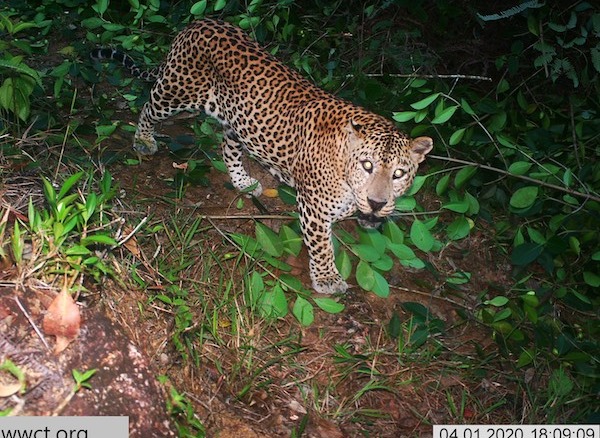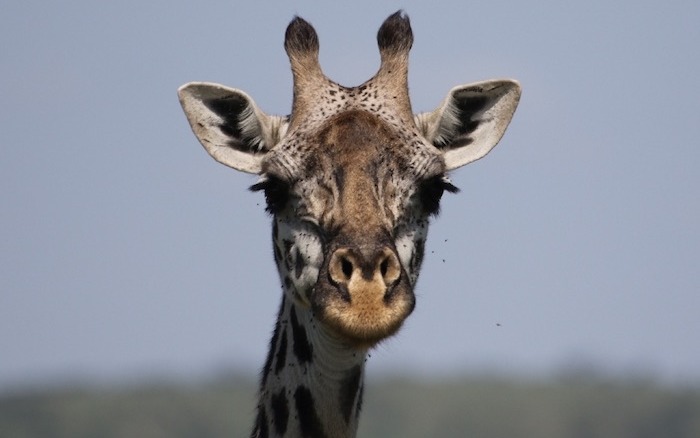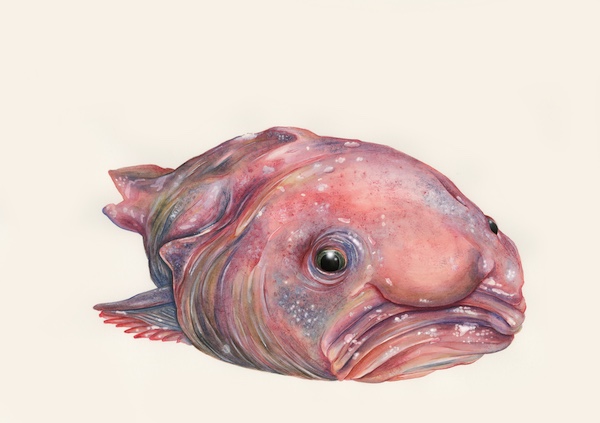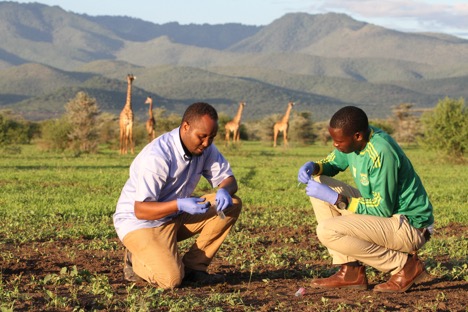Doug Beetle chats with:
Marmoset researcher
Larissa Vaccarini
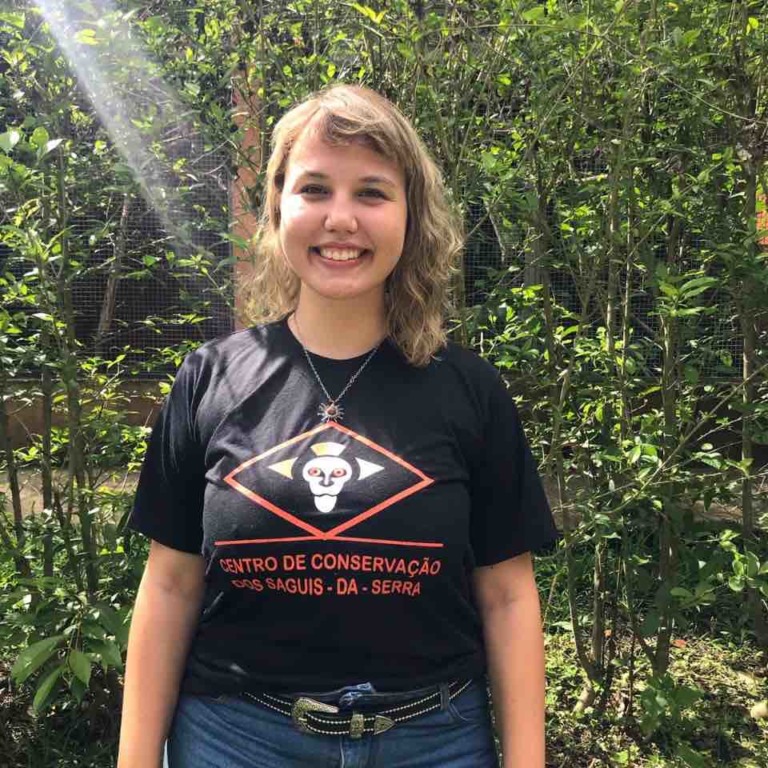
Larissa Vaccarini is a graduate student in Veterinary Medicine at the University of Vicosa. Larissa studies how to manage invasive marmoset populations in areas where the buffy-tufted marmoset occurs in the wild. Larissa is currently an intern with the Mountain Marmosets Conservation Program.
Let's talk about marmosets ...
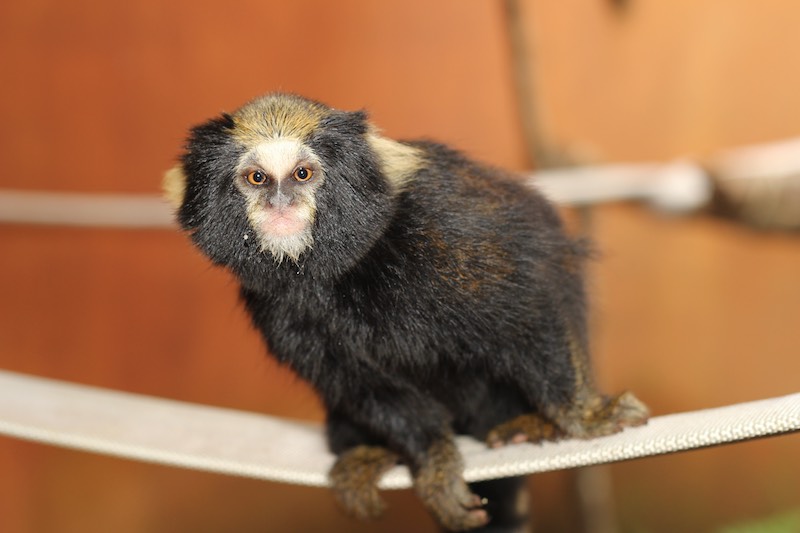
Doug Beetle: Most people know what monkeys are, but they may not be familiar with marmosets. What can you tell us about these small monkeys?
Larissa: There are many monkey species of different colors, appearances and sizes, from all over the world. The marmosets and tamarins, though, are the smallest monkeys. They are roughly about the same weight as a soda can.
They originate from South America but they can be found in a little bit of Central America, too, in the country of Panama. They are known as the callitrichids, a family which includes 43 species (though new species are discovered all the time).
Marmosets are about 8 inches (20 cm) long. They have a large tail that helps them to jump and run through the trees. They also have long claws, instead of nails, on their fingers. These claws helps them hold tight to the vines and branches in the forest and help them catch their insect prey.
Marmoset family groups have 3–15 individuals. Females usually give birth to twins. The infants are taken care of by the entire family group, clinging onto the backs of their parents, “uncles and aunts,” and siblings until they are old enough to walk and eat on their own.
Marmosets spend a lot of their day socialising, talking to each other in little chirps, and grooming each other. At night they retreat to holes in trees where they sleep.
Marmosets feed on tree gum, insects, lizards, frogs, snails, fruit, nectar from flowers, and sometimes they will even catch and eat small birds.
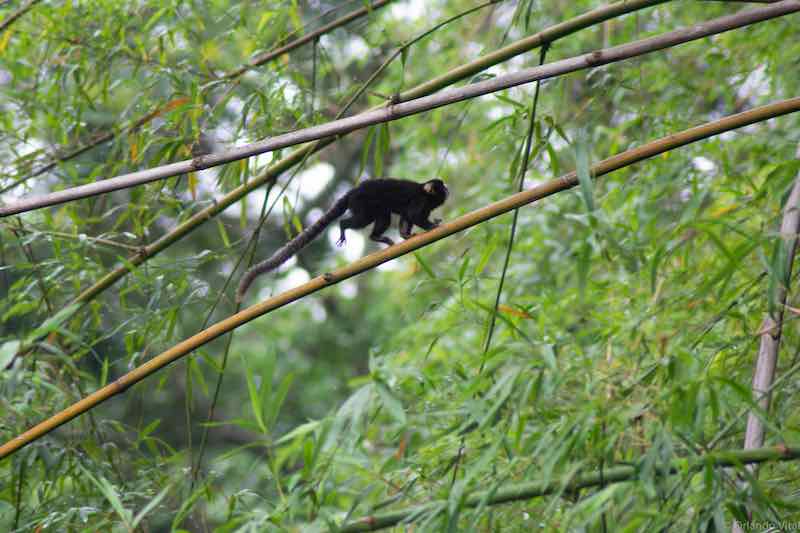
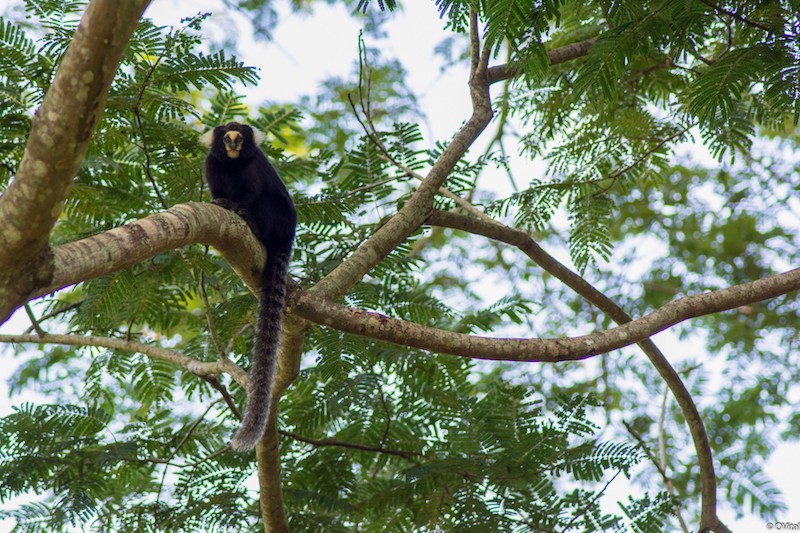
Doug Beetle: Can you please introduce us to the buffy-tufted marmoset, also called the buffy tufted-ear marmoset? What does “buffy-tufted” mean? What are some fun facts that you would like people to know about this species?
Larissa: The buffy tufted-ear marmoset is one of these minuscule monkey species, weighing just 1 pound (450g). Their scientific name is Callithrix aurita, and their common name comes from the fact that they have distinctive large white ear tufts and dark black fur. Their tail is striped, with alternate wide dark and narrow pale bands.
The face of these monkeys has a distinctive white mask, and they are also called in Portuguese by the name “sagui-caveirinha”, which means “little skull-marmoset,” because of the facial markings which look a little bit like a skull.

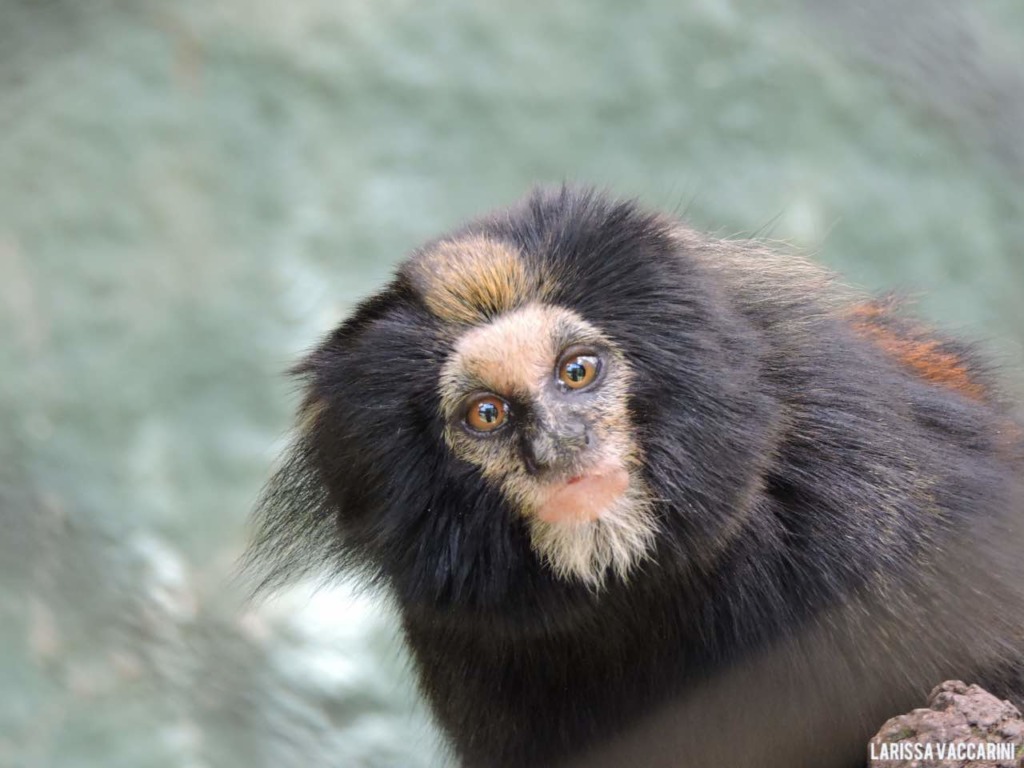
This species is found only in the Atlantic Rainforest in Southeast Brazil, in the states of Rio de Janeiro, São Paulo and Minas Gerais.
Doug Beetle: Your group is working to help conserve the buffy-tufted marmoset and its habitat. What are the conservation challenges that this marmoset faces? What is your group doing to help protect this species?
Larissa: To conserve the buffy tufted-ear marmoset, the Mountain Marmosets Conservation Program was created, and also the Mountain Marmoset Conservation Center, which today houses buffy tufted-ear marmosets. We keep the marmosets in captivity in order for them to breed and have babies because in the future, we hope that these babies will help to save the species.
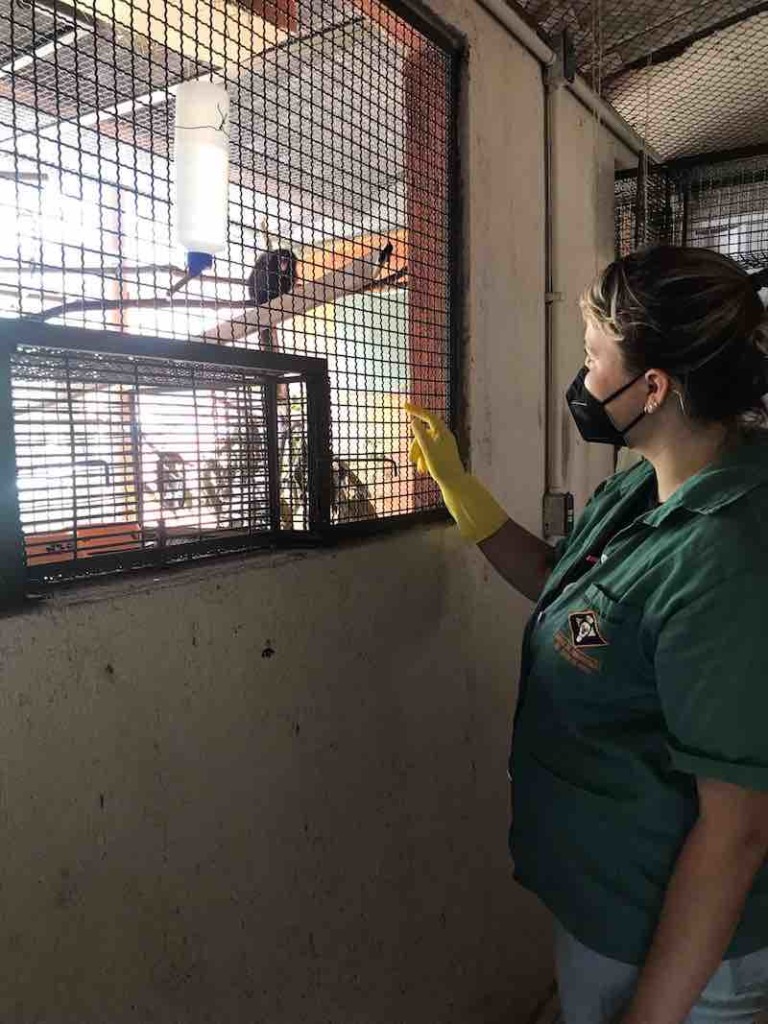
These endangered monkeys face lots of challenges in the wild. These challenges include habitat fragmentation (when the Atlantic Rainforest that they live in is divided into small, isolated patches of habitat), population isolation (when marmoset families are isolated in these smaller forests and can’t meet and breed with their own species), and competition with invasive marmoset species. The invasive marmoset species originally lived in other areas of Brazil, but they now occupy the buffy tufted-ear marmoset’s habitat because of animal trafficking for the pet trade, which led to intentional introductions and escapes in urban areas.
Now, with the Mountain Marmosets Conservation Program and Center, this species faces a new hope. Our team has conservation biologists, veterinarians, other professionals, and students all working to save the buffy-tufted and buffy-headed marmosets. Currently we have programs to control the invasive marmoset species. We also have lots of research going on to answer questions such as what the marmosets feed on in the wild and how to best keep and breed them in captivity. We are also searching for new marmoset populations.
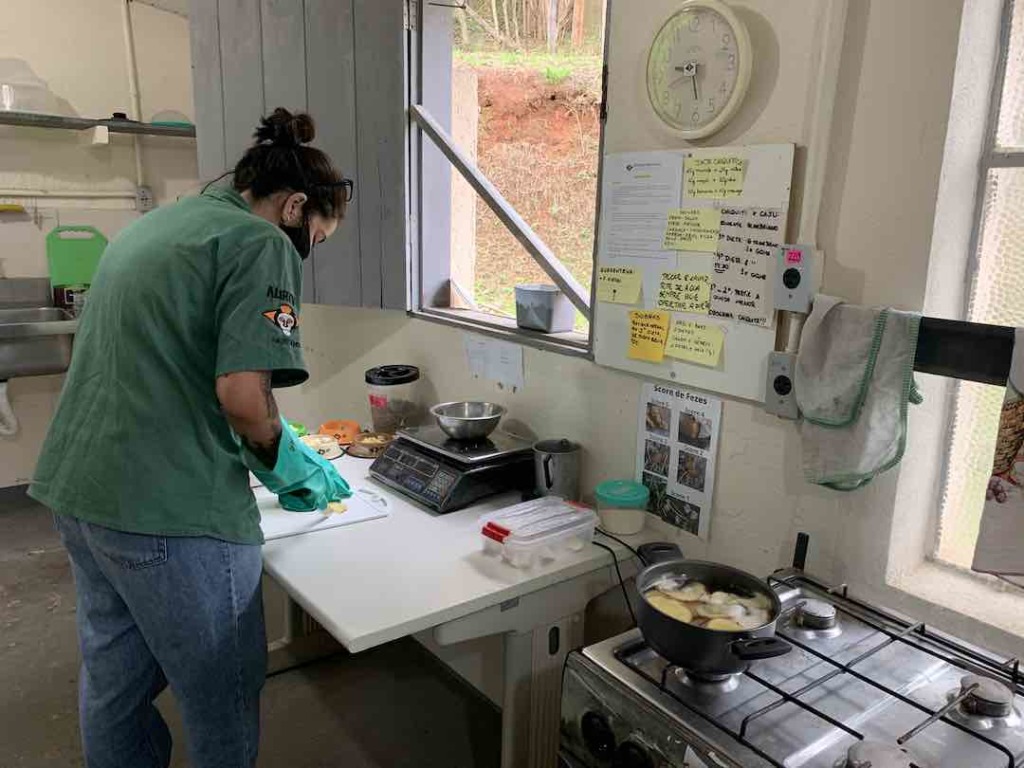
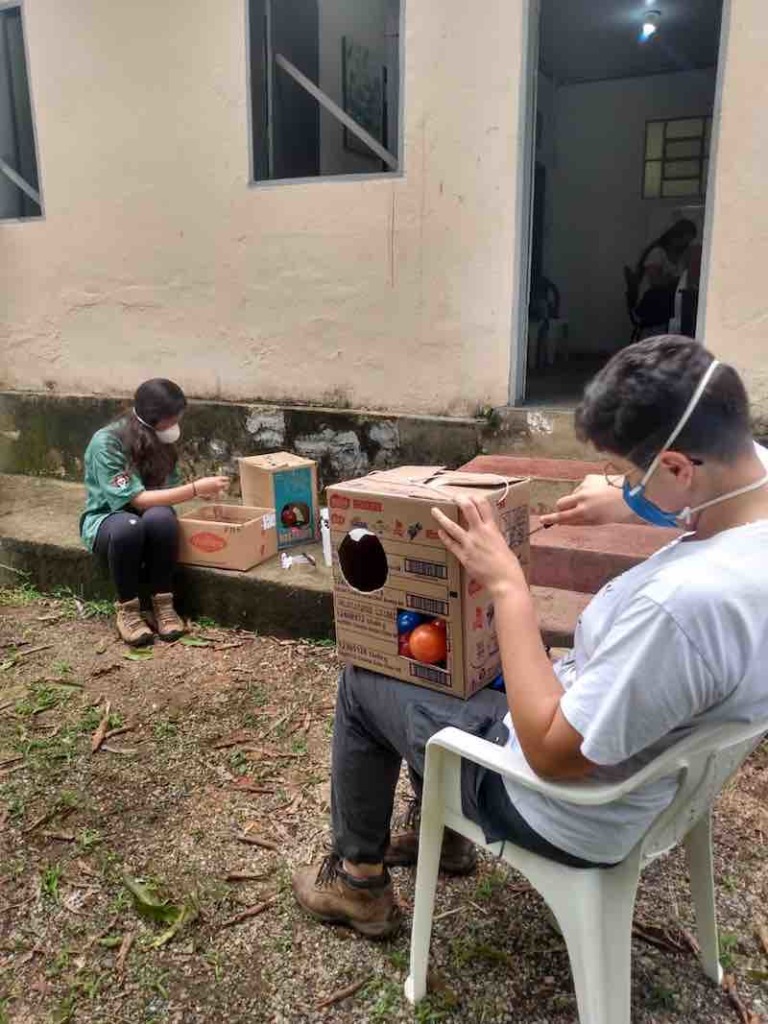
To learn more, you can find us on social media, on Instagram (@ccssufv), on Facebook (also https://www.facebook.com/CCSS.UFV) and even on our website.
Doug Beetle: People all over the world like monkeys, even if they live far from where wild monkeys live. What advice do you have for young people who are interested in helping conserve the buffy-tufted marmoset or other species?
Larissa: Anyone can help conserve our buffy tufted-ear marmosets. First of all, we would like to say that any kind of marmoset or monkey needs expert care and so they should not be kept as pets. Marmosets live much happier lives in the wild, and they have particular needs that simply cannot be met in a home environment. Also, they can get sick very easily and suffer from issues like bone diseases, worms, and even rabies.
The best pets to have in our homes are animals like cats and dogs, which are domesticated and can live happy lives in a nice house.
People can also help conserve the mountain marmosets by spreading information about them and joining and supporting the program, getting involved and helping us to resolve the problems that are currently threatening this species’ survival in the wild.

If you want to get involved, please do, as we are always interested! Ask your parents or guardians to contact us and request our activity books and cartoons. To know more about our buffy-tufted marmoset is the first step to becoming a supporter, helping to save our marmosets, and perhaps even becoming a primatologist or a conservationist someday.
This is the path I took and now I work full-time with these lovely, affectionate and playful animals.
*Mongabay Kids is not responsible for content published on external websites.


